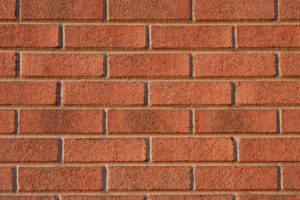Fixing flaky decks with right oils

A particular decking oil can preserve the deck’s wood from both adverse weather and harmful UV rays. The oil naturally achieves to moisturize the wood, which, in turn, helps resist decay. Picking the most manageable decking oil depends on your expected look, the deck’s usage, and the variety of timber with which deck is composed.
Decking lubricants are available in a variety of shades and tones that go from a deep and vibrant shade to completely un-tinted.
They’re even accessible in colours that match modern woods for deckings like Merbau and Jarrah. Decking oils, in general, aren’t expected to improve the design of the wood dramatically. Employ the supreme amount product upon the wood as reasonable in thin coats, and wait roughly every week for it to air-dry before reapplying. There are various advantages such as it looks beautiful, and at the same time, it also protects the deck. Applying the coating of oils once in a while ensures the longevity of your deck.
Wood Spots and Oils- Multiple benefits!
Stains have all of the benefits of decking oils with the additional advantage of sealing each wood, which creates another layer of strength from the circumstances. You’ll also be able to dye composite decking, to attain fancied colours and additional protection. The rollers and brushes are better for applying oil to the deck. Sprayers won’t allow you this kind of control, and that they are often very messy to wash up afterwards. The roller brush application is also faster, but it tends to form a pool of the stain in one place, causing peeling problems.

Stains will permanently alter the outlining of your deck. Keep a check while choosing the correct stain for your wood:
Clear – provides no protection, so it’s not appropriate for outdoor use
Transparent – emphasizes the grain and only demands one application
Semi-transparent – provides for a natural wood appearance with a reasonably uniform colour
The initial job is to scrub the decking-First Step!
Over time, decking becomes dirty and dull, and mildew can grow up on the surface, so it’s best to use a typical wooden deck sealer that keeps the surface clean and hygienic. Mix the cleaner with up to 2 parts of warm h2O.
The elemental composition that we use is 500ml of disinfectant and 1L of water, then applying a stiff brush or broom to sweep the surface onto the decking.
The next step that you must be careful of is to grease the decking. For softwood decking textures like pine or larch, Decking Oil is authentic. If you have a hardwood deck like iroko, ipe, oak, we recommend specially formulated oil for a Tough Deck Finish. To apply decking oil, move the tin contents and apply the oil in flat layers with a brush or roller. The applier can also use a brush as an applicant for proper application of the solution in all the channels within the wood. It is most satisfying to use the decking oil in segments or plank by plank to provide your wood floor oil protection evenly. For long-lasting protection, some people prefer to use these protection oils during construction.
After 20 minutes, apply an additional thin coat of oil on top of the coated layer then remove the excess oil with cotton. The second layer of oil coating can ensure the timber has soaked up enough oil to provide adequate protection. Following the second layer of the application, leave the deck to dry for at least the next 24 hours before usage. Once dry, you can relax and enjoy the superior finishing of your gorgeous deck, complimenting the remarkable outdoors.




